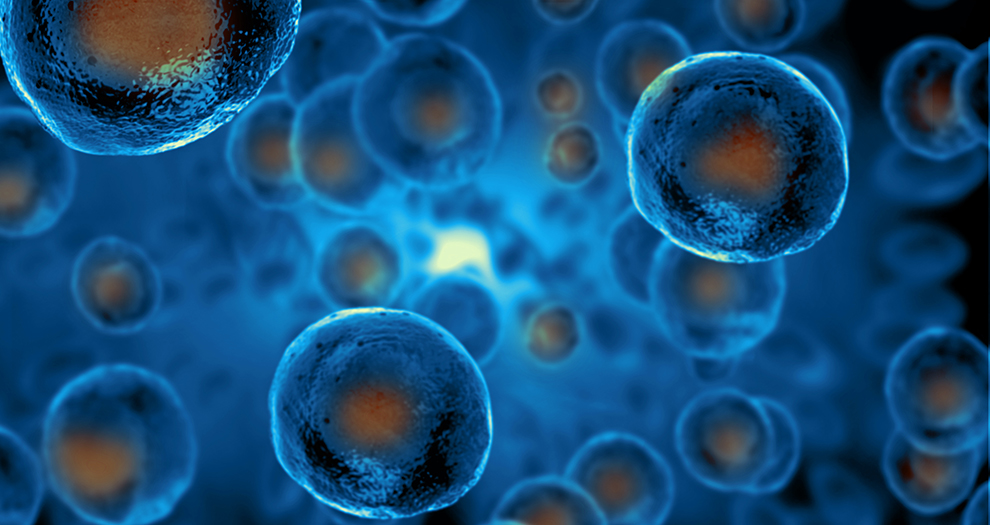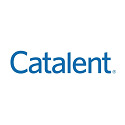CDMOs are vital conduits between CGT technology developers and potential adopters, says CPHI panel

Contract development and manufacturing organisations (CDMOs) will be vital conduits between cell and gene therapy developers and potential adopters of their technologies in a rapidly growing sector, according to experts at a recent online webinar.
The aim of the virtual CPHI Festival of Pharma Cell and Gene Technology roundtable, sponsored by Catalent Pharma Solutions, was to evaluate the myriad new technologies and process platforms in the field and how best to optimise processes and efficiencies.
Shirley O'Dea, Chief Scientific Officer, at Avectas – which is currently developing a non-viral delivery technology that enables delivery of molecules into cells for engineering purposes – said her company had reached the point of being able to transfer tech out and described CDMOs as “key players who help us expose out technology to the wider sector.”
“CDMOs see all the technologies at various stages of development, they see the tech transfer and onboarding processes, and they have highly experienced operators who can give feedback to the likes of ourselves as developers and help us improve our products and our technologies,” she said. “It’s also an opportunity to get an independent view on the technology, to potentially allow partners, through a three-way interaction between the developer, the CDMO and the therapy manufacturer, to work together.”
Thomas VanCott, Global Head of Product Development, Cell & Gene Therapy, Catalent said one of the big challenges for CDMOS operating in the cell and gene sector was the exponential growth of the field and the consequent requirement to work with several unique products and technologies simultaneously.
“Everybody’s coming in with a novel construct, some of these have never been manufactured or been in the clinic before, so it is a bit of a challenge because you’re working with a new product all the time,” he said. “As a CDMO, we’re learning every day from the clients – they’ve been developing these technologies for years. Manufacturing capacity is struggling to meet demand because of the growth, therefore we need to be incorporating all of the latest technologies, and we need to make sure that we optimise our processes and efficiencies.”
He added that CDMOs were also having to quickly adapt to decreasing clinical development timelines, such as the fast-track process for orphan drugs, but despite this were still looking at the various opportunities to innovate within the cell and gene space.
“In viral vectors, we’re trying to be more specific about tissue targeting, we want to be able to do direct dosing, we’d like to be able to carry in larger payloads, and all of these come at it with unique constructs which will require a unique manufacturing platform,” he said.
“The number of technologies and different processes that a CDMO sees give it a unique perspective,” said Jeff Liter, President & CEO of Luminary Therapeutics. “Even if you aren’t using a CDMO, and you have the opportunity to know somebody, that’s a great way to gain some insights into what’s working and not working in this field.”

Related News
-
News First offers for pharma from Medicare drug price negotiations
Ten high-cost drugs from various pharma manufacturers are in pricing negotiations in a first-ever for the US Medicare program. President Biden’s administration stated they have responded to the first round of offers. -
News The 2024 Pharma Outsourcing Forecast: strategic partnerships across global landscapes
For the pharmaceutical industry, outsourcing drug development, manufacturing, and research operations to contract organisations is not just a passing trend – increasingly, the partnership between drug sponsor and drug vendor is one of vital impor... -
News Gerresheimer predicts weight-loss drug deals to account for 4% of yearly growth
Dietmar Siemssen, CEO of German primary packaging manufacturer Gerresheimer, states that approximately 4% of the company’s revenue growth each year to come from deals with drugmakers of weight loss and diabetes products, particularly GLP-1 class ... -
News Novel approach to creating sustainable packaging from rice husks
Researchers have created a new approach to the designing of eco-friendly nanofibres extracted from rice husks, addressing the critical need for sustainable packaging materials in food and biopharmaceutical products. -
News Eli Lilly’s Zepbound makes leaps and bounds in weight-loss drug market
In the last week, Eli Lilly has announced their partnership with Amazon.com’s pharmacy unit to deliver prescriptions of Zepbound. Zepbound has also surpassed Novo Nordisk’s Wegovy for the number of prescriptions for the week of March 8.&nbs... -
News Coronary drug-coated medical device receives US FDA approval
Boston Scientific announced the FDA approval of their medical device AGENT Drug-Coated Balloon (DCB) for the indication of coronary in-stent restenosis in coronary artery disease patients. -
News CPHI Online Webinar Series – Innovative Strategies for B2B Pharma Marketeers
On February 20, 2024, CPHI Online hosted a webinar on Innovative Strategies for B2B Pharma Marketeers. Featuring expert speakers from across the pharmaceutical value chain, this webinar delves into how B2B pharma marketeers can create better content to... -
News Generics threat to Merck’s Bridion as Hikma seeks pre-patent expiry approval
Merck has disclosed they received notice from Hikma Pharmaceuticals for seeking a pre-patent expiry US FDA approval for Hikma’s generic version of Merck’s Bridion.
Position your company at the heart of the global Pharma industry with a CPHI Online membership
-
Your products and solutions visible to thousands of visitors within the largest Pharma marketplace
-
Generate high-quality, engaged leads for your business, all year round
-
Promote your business as the industry’s thought-leader by hosting your reports, brochures and videos within your profile
-
Your company’s profile boosted at all participating CPHI events
-
An easy-to-use platform with a detailed dashboard showing your leads and performance
.png)
.png)
.png)
.png)
.png)
.png)
.png)
.png)